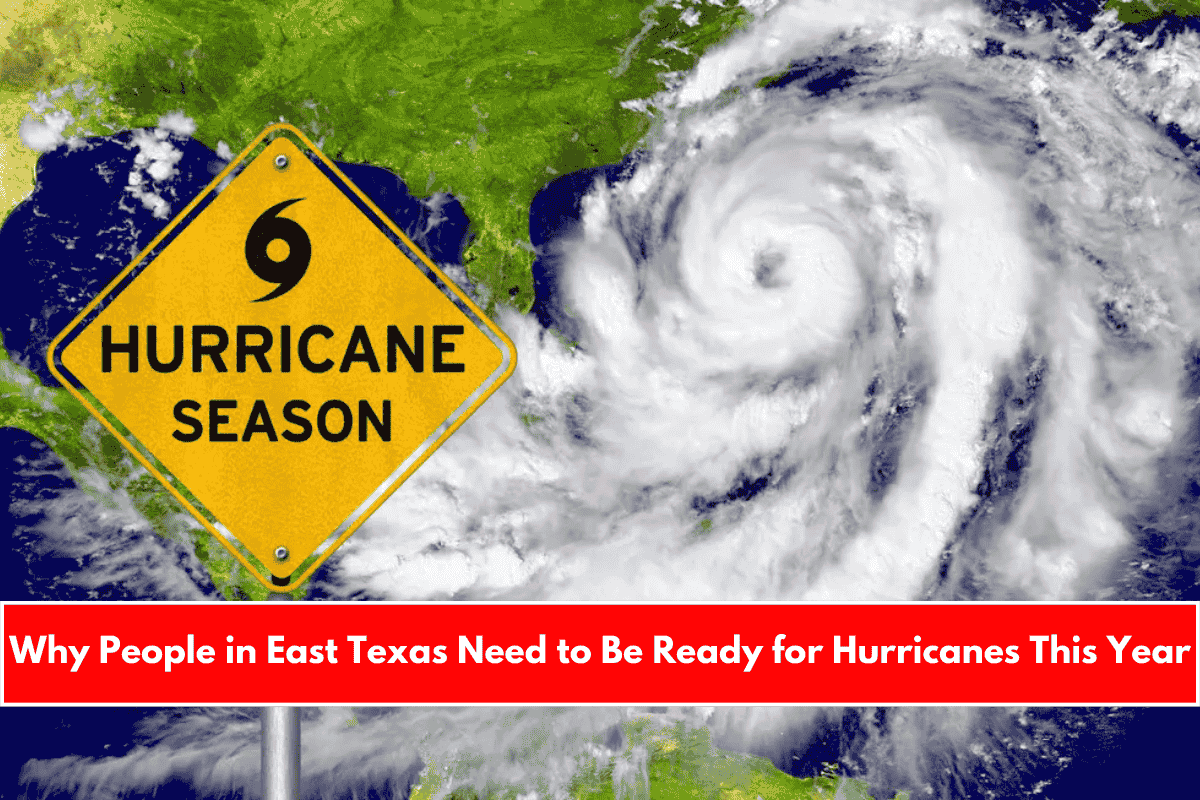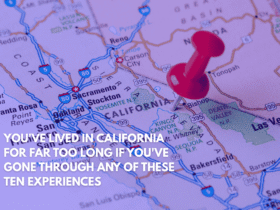Even though Tyler and Longview, Texas, are far from the Gulf Coast, that doesn’t mean hurricanes won’t affect the area. In fact, East Texas and Deep East Texas have experienced many storms over the years, including hurricane remnants that brought flooding and damage.
With the 2025 Atlantic hurricane season set to begin, now is the time for residents to prepare. Experts are predicting an active season, and even if storms don’t make landfall directly nearby, their effects could still be felt in inland areas like East Texas.
When Is the 2025 Hurricane Season?
The official Atlantic hurricane season runs from June 1 to November 30, but the most active period usually happens between mid-August and mid-October. That’s when warm ocean temperatures can fuel stronger storms.
What Are the Predictions for 2025?
According to the National Oceanic and Atmospheric Administration (NOAA), the 2025 season could see between 13 to 19 named storms. Out of these, six to 10 are expected to become hurricanes, and three to five could reach major hurricane status.
A major hurricane means a Category 3 or higher on the Saffir-Simpson scale — with wind speeds of 111 miles per hour or more. These storms have the potential to cause serious damage if they move inland.
While these predictions are close to the yearly average (14 named storms and three major hurricanes), experts believe that 2025 may be more active than usual, mainly due to warmer ocean temperatures.
What Does This Mean for Tyler and Longview?
Although the Gulf Coast will see the direct impact of hurricanes, East Texas is not safe from the flooding and damage caused by heavy rain and strong winds that come with these storms.
Storms can move north after hitting the coast, bringing torrential rain and even power outages to areas like Tyler and Longview. It may not be as severe as the coastline, but it’s enough to disrupt daily life and cause costly damage.
It’s Time to Get Prepared
Don’t wait until a storm is already forming to prepare. Here’s what every household should do now:
- Review your evacuation plan and know your route if evacuation is needed.
- Keep a packed bag ready with essential documents, medications, clothes, and basic supplies.
- Stock up on at least one gallon of water per person per day, non-perishable food, and pet supplies.
- Have a first aid kit, flashlight, extra batteries, radio, and a manual can opener.
- Don’t forget a whistle for emergencies and any special needs items for infants, elderly, or disabled family members.
The government website Ready.gov provides more helpful checklists and tips for hurricane preparedness.
Stay Informed During Hurricane Season
When a hurricane is forecasted, it’s important to track:
- The strength of the storm
- Its path and potential impact
- Local weather alerts and warnings
If a storm is expected to reach your area, act early and avoid last-minute panic. Stay connected through local news and weather updates, and always follow instructions from local emergency services.











Leave a Reply